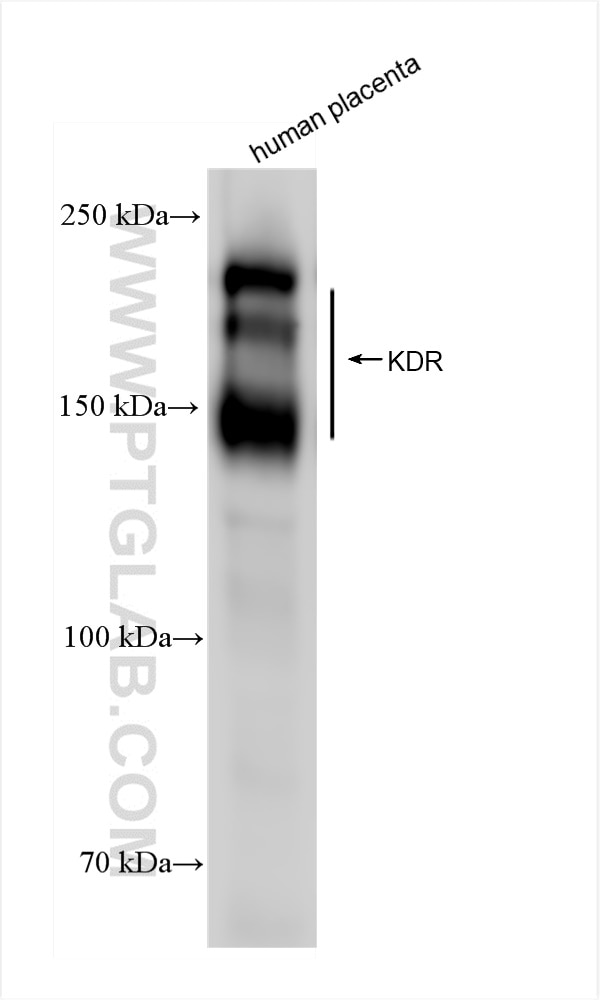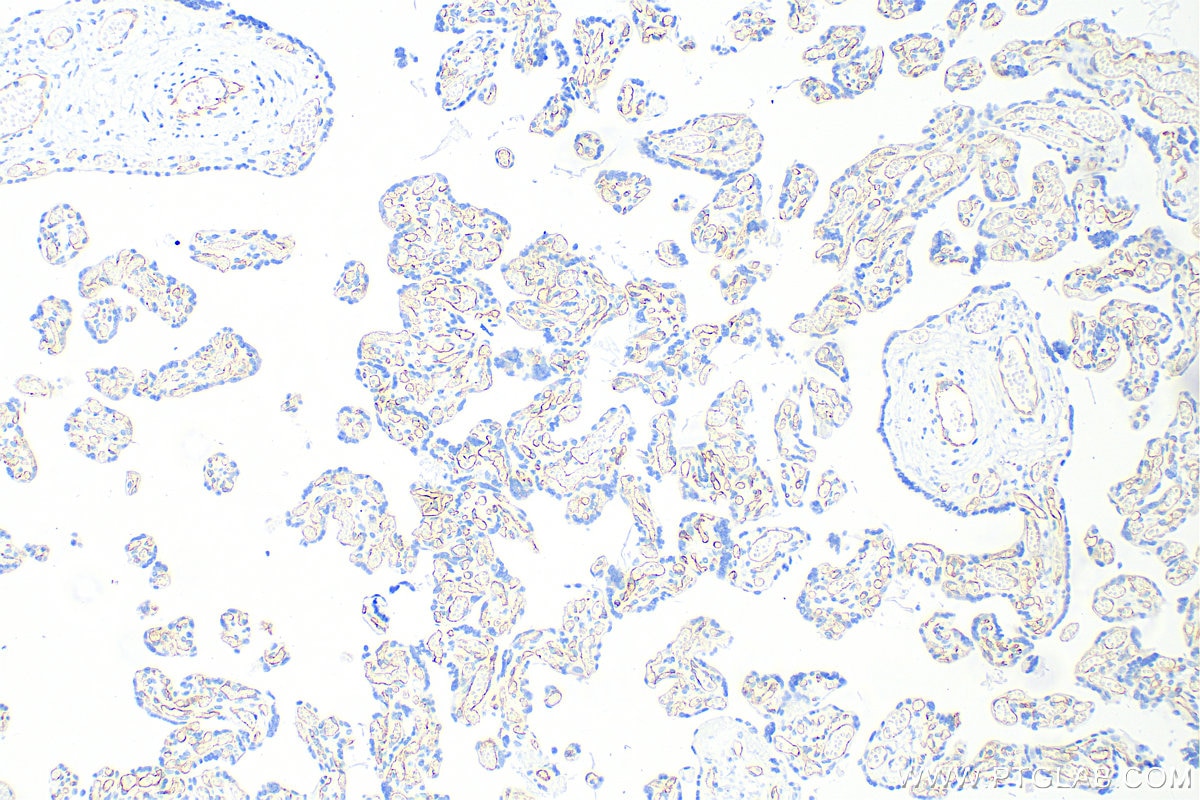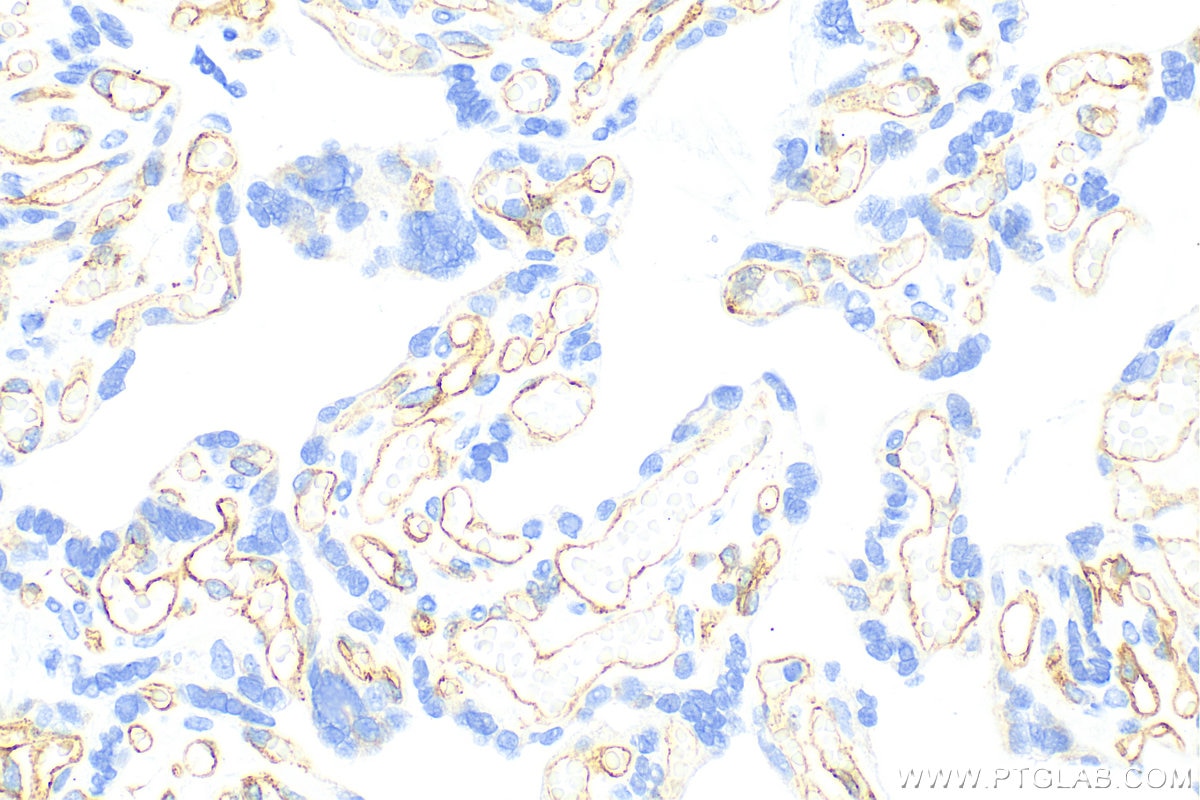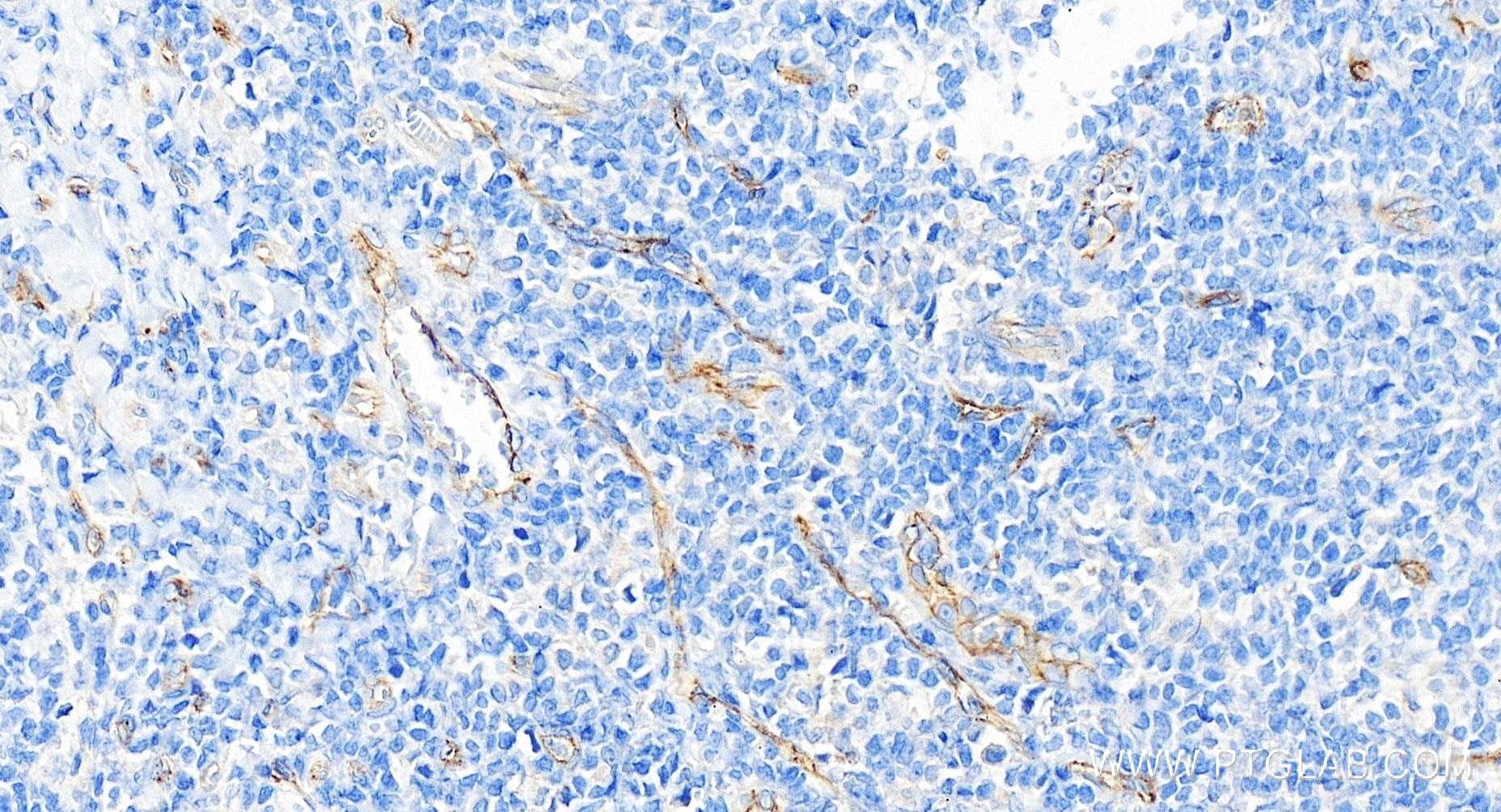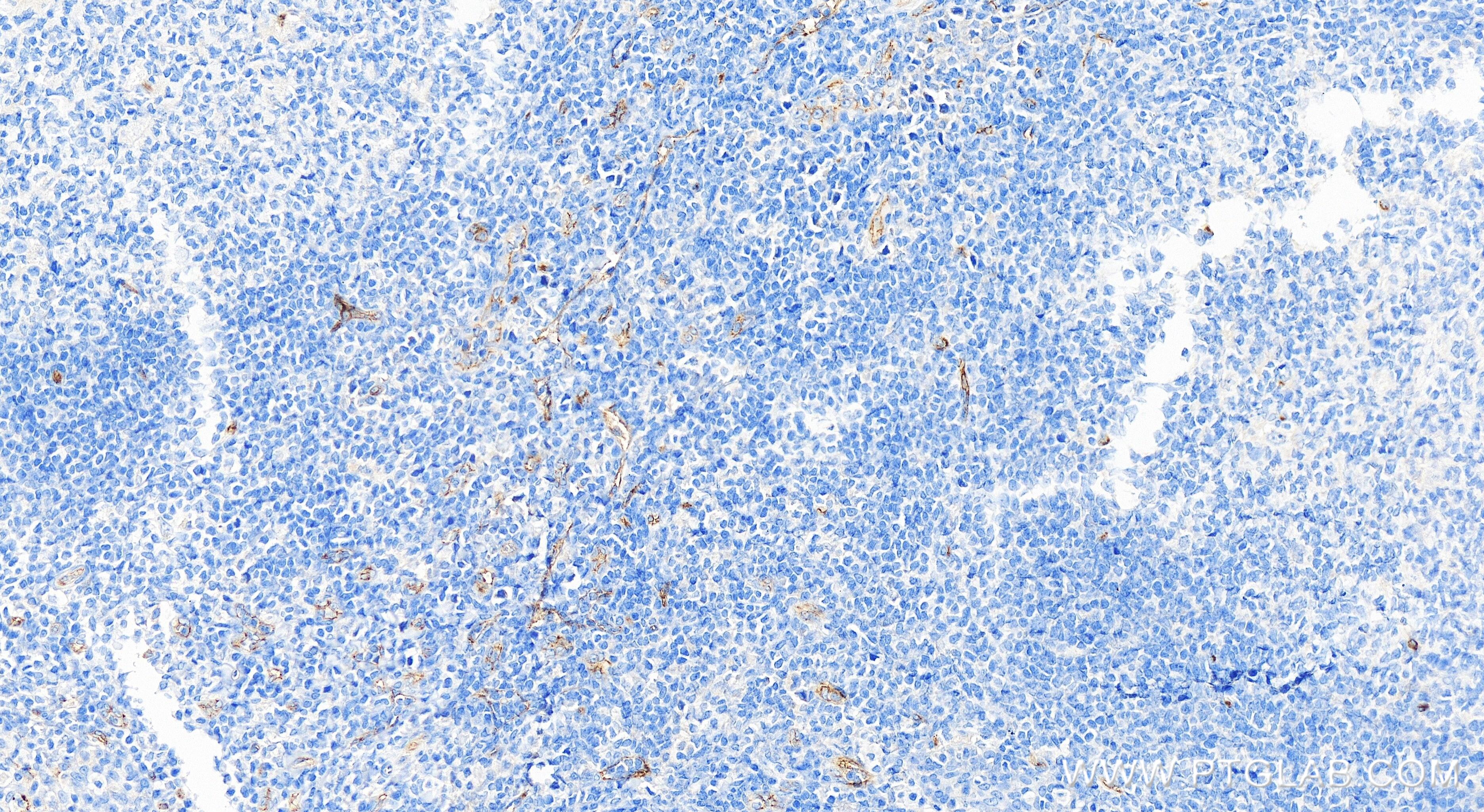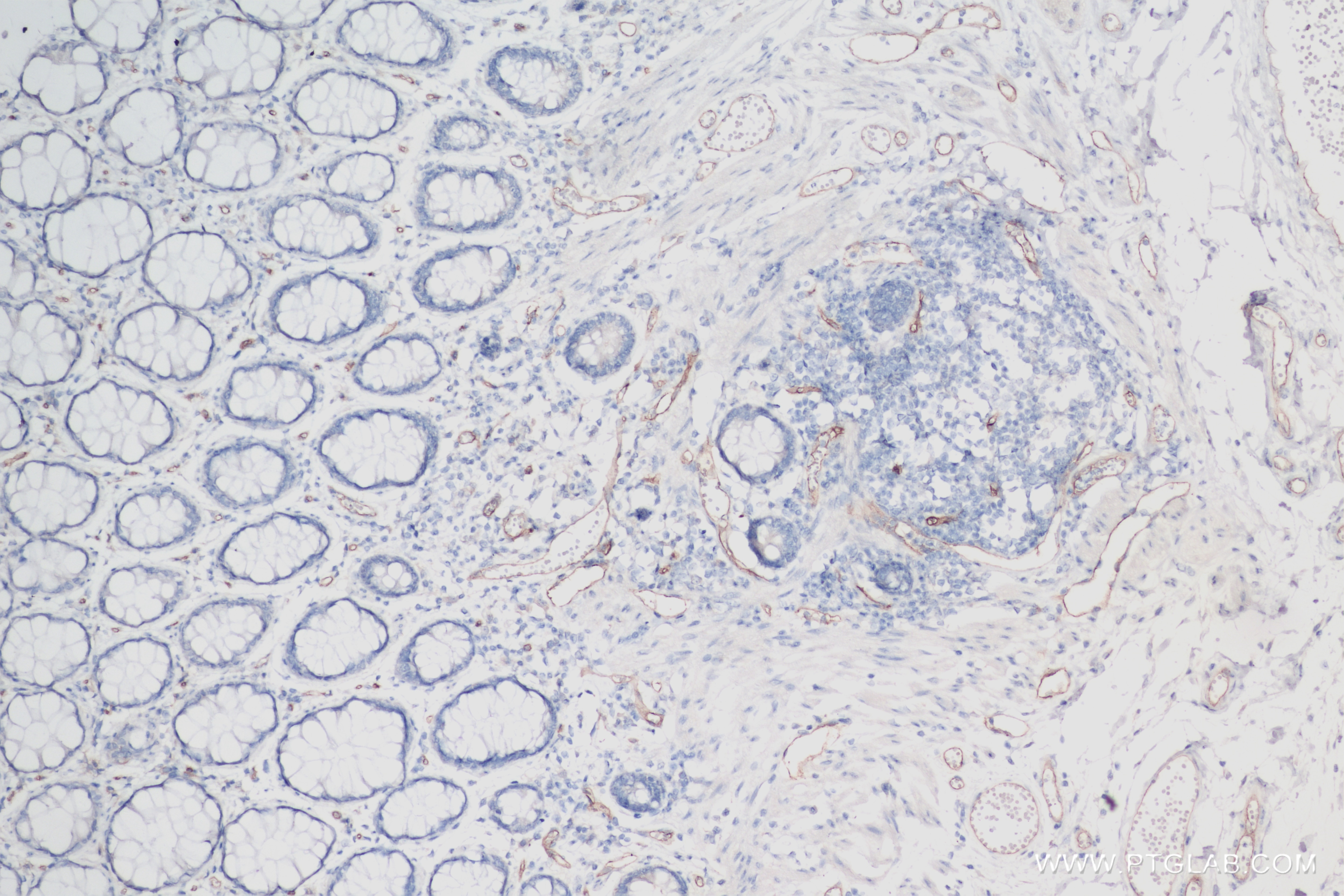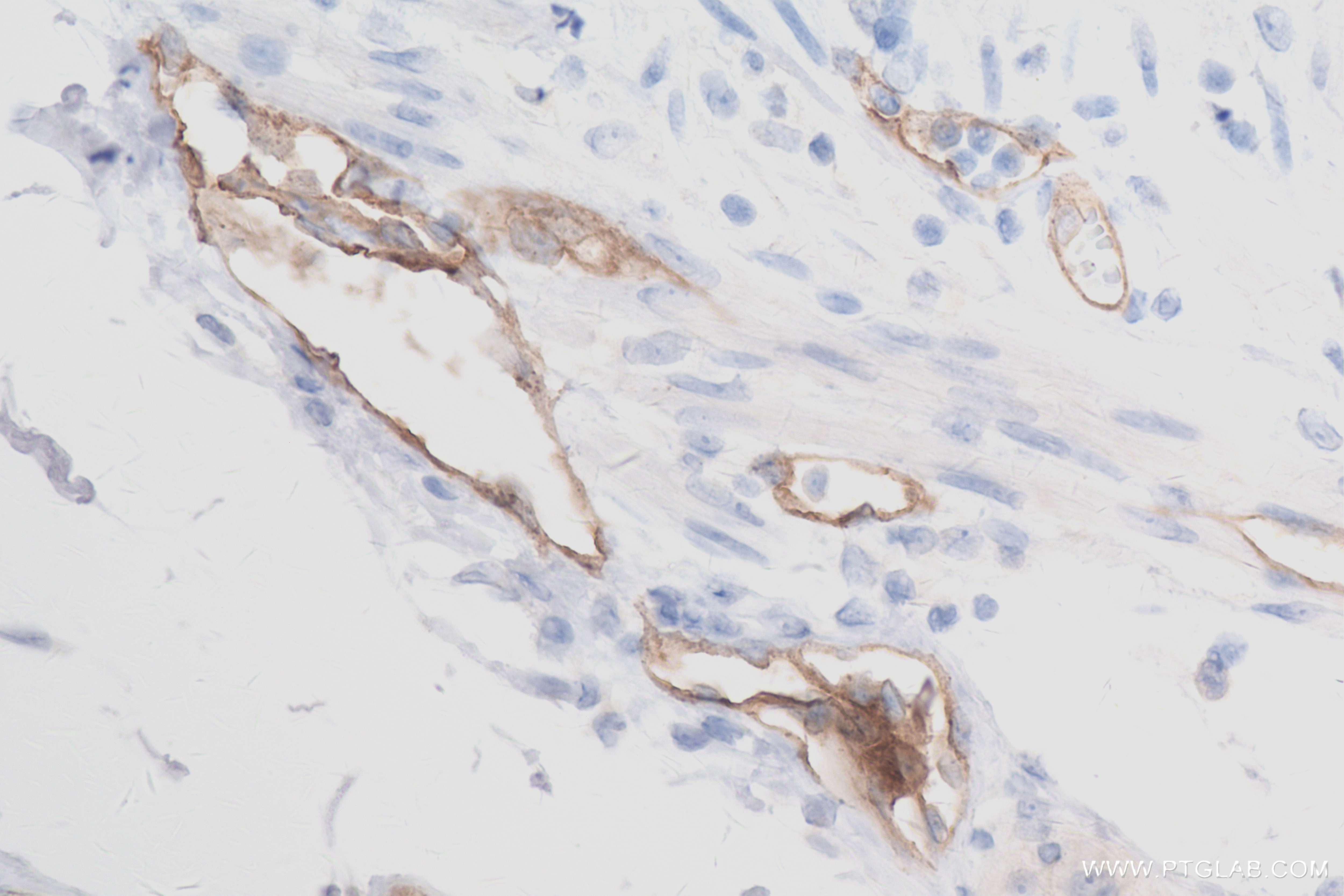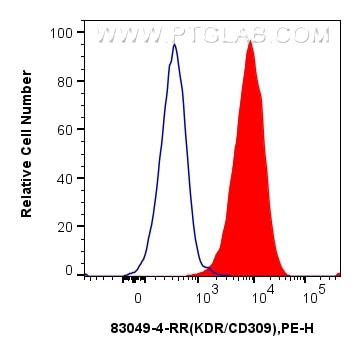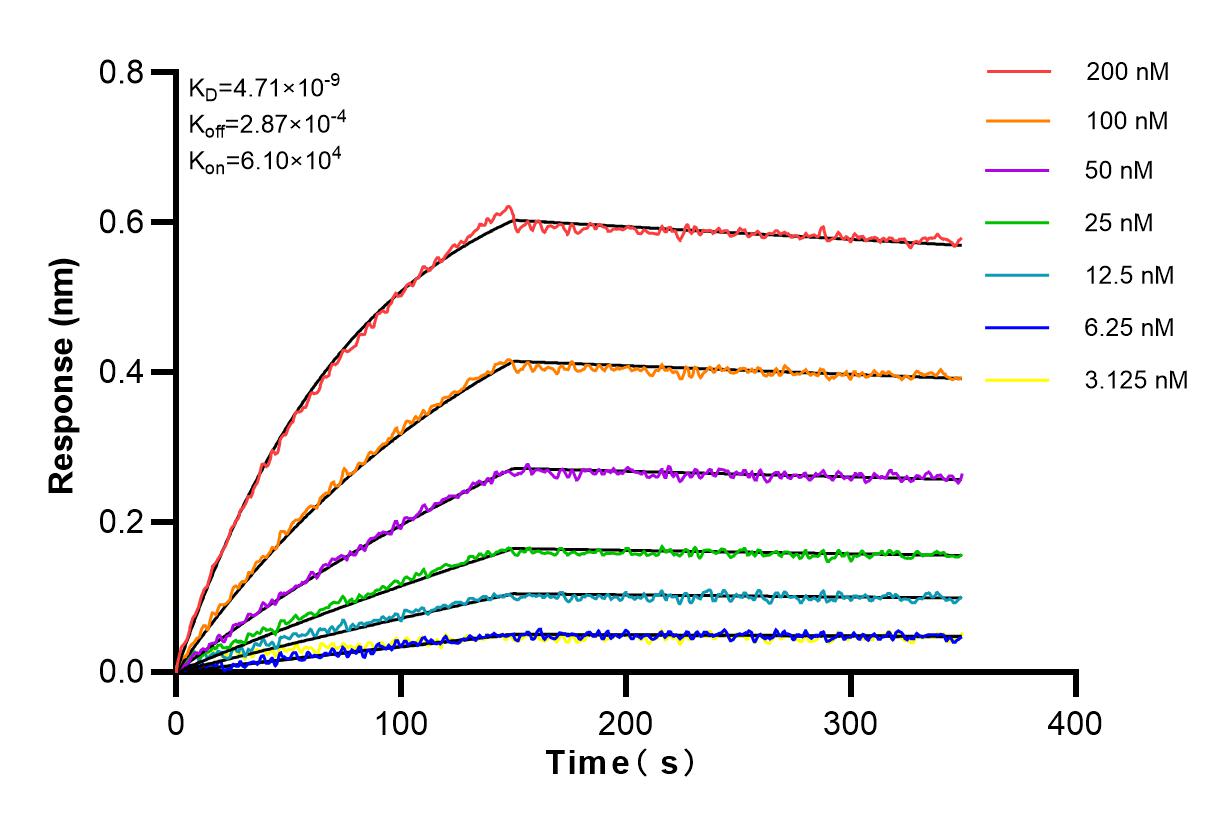Anticorps Recombinant de lapin anti-VEGFR2/CD309
VEGFR2/CD309 Recombinant Antibody for WB, IHC, FC, Indirect ELISA
Hôte / Isotype
Lapin / IgG
Réactivité testée
Humain
Applications
WB, IHC, FC, Indirect ELISA
Conjugaison
Non conjugué
CloneNo.
230238D7
N° de cat : 83049-4-PBS
Synonymes
Galerie de données de validation
Informations sur le produit
83049-4-PBS cible VEGFR2/CD309 dans les applications de WB, IHC, FC, Indirect ELISA et montre une réactivité avec des échantillons Humain
| Réactivité | Humain |
| Hôte / Isotype | Lapin / IgG |
| Clonalité | Recombinant |
| Type | Anticorps |
| Immunogène | VEGFR2/CD309 Protéine recombinante Eg0218 |
| Nom complet | kinase insert domain receptor (a type III receptor tyrosine kinase) |
| Masse moléculaire calculée | 152 kDa |
| Poids moléculaire observé | 150 kDa, 230 kDa |
| Numéro d’acquisition GenBank | NM_002253 |
| Symbole du gène | KDR |
| Identification du gène (NCBI) | 3791 |
| Conjugaison | Non conjugué |
| Forme | Liquide |
| Méthode de purification | Purification par protéine A |
| Tampon de stockage | PBS only |
| Conditions de stockage | Store at -80°C. 20ul contiennent 0,1% de BSA. |
Informations générales
KDR, also named as VEGFR-2, FLK1 and CD309, is a receptor for VEGF or VEGFC. KDR which belongs to the protein kinase superfamily, has a tyrosine-protein kinase activity. The VEGF-kinase ligand/receptor signaling system plays a key role in vascular development and regulation of vascular permeability. In case of HIV-1 infection, the interaction with extracellular viral Tat protein seems to enhance angiogenesis in Kaposi's sarcoma lesions. KDR functions as the main mediator of VEGF-induced endothelial proliferation, survival, migration, tubular morphogenesis and sprouting. Mutations of this gene are implicated in infantile capillary hemangiomas.
